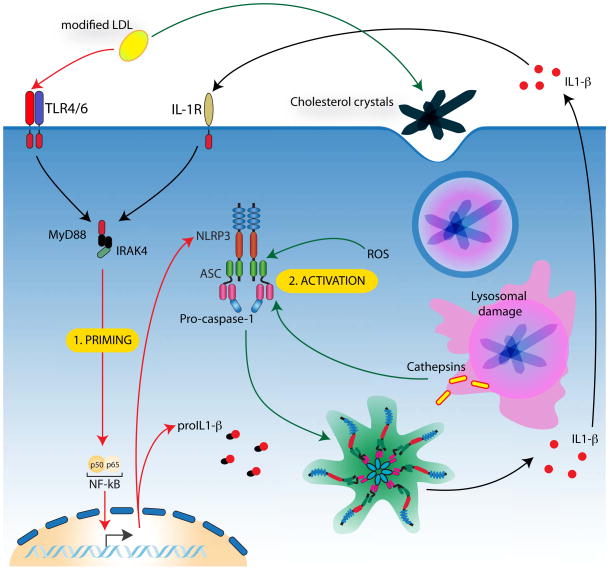Figure 1. NLRP3 inflammasome activation in atherosclerosis.
In order for NLRP3 inflammasome to be activated in atherosclerosis it must first be primed via recognition of modified LDL by TLRs and scavenger receptors on macrophages. This priming step allows upregulation of pro-IL-1β and NLRP3. Subsequently, modified LDL-induced cholesterol crystals that are phagocytosed by macrophages cause lysosomal rupture, allowing release of lysosomal proteases (cathepsins). Potentially in combination with ROS production, cathepsins mediate the activation of the NLRP3 inflammasome resulting in caspase-1 cleavage and the production of mature IL-1 cytokine. Mature IL-1 is then released from cells causing continued upregulation of inflammasome components as well as mediating an inflammatory response that results in an influx of immune cells and the progression of atherosclerotic plaque formation.

